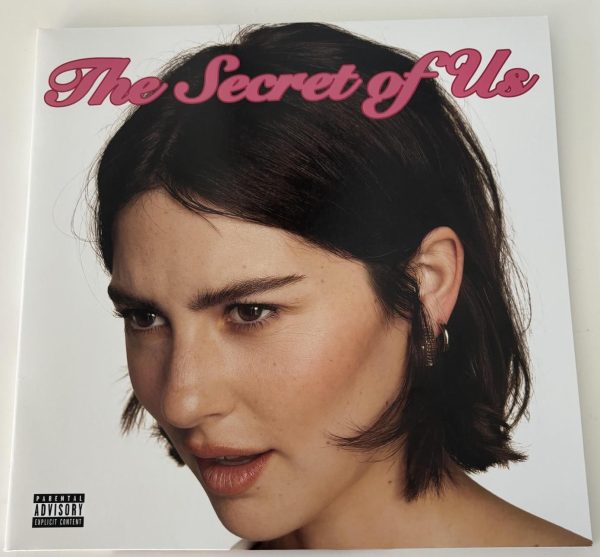Steering Clear Of The Summer Tan
While being pale and pasty in the summer is far from anyone’s ideal “sun-kissed glow,” when it comes to tanning, maintaining a physical appearance cannot come before staying healthy. The U.S. Department of Health and Human Services and the World Health Organization has identified UV radiation as a human carcinogen, and regardless of whether the radiation is coming from a tanning bed or from the sun, it causes irreversible damage when it hits human skin cells.
According to the Centers for Disease Control and Protection, skin cancer is the most common type of cancer in the United States, and melanoma, the most dangerous form of skin cancer, has recently become more prevalent among younger age groups.
Canton health teacher Amy Abraham has knowledge of the growing number of young people contracting melanoma, and she wished the high school health curriculum provided more time to discuss with teenagers the topic of skin cancer.“I mention sun tanning and the dangers of skin cancer in class,” said Abraham, “but this class is only a semester and there are so many topics we don’t have a lot of time for.”
While a bright red, peeling sunburn may be the only immediate or noticeable effect after a long day of tanning, the damage from UV radiation is cumulative. This means it builds up throughout life and most of the true effects don’t show up until it is too late. Especially in light of the changing global environment and the depletion of the ozone layer, which acts as a protective barrier against a majority of harmful UV rays, UV radiation has become an even larger problem in recent years. According to the Skin Cancer Foundation, UV radiation also suppresses and possibly damages the immune system in addition to mutating skin cells and causing cancerous growths. Lasting results of tanning can range from the premature aging of skin to dangerous cases of skin cancer, but these can be avoided altogether if the necessary precautions and preventative measures are taken at a young age.
Taking precautions doesn’t mean becoming a paranoid vampire that never goes outside and cringes at any sign of sunlight, but it does mean becoming smarter about when to stay out of the sun (UV rays are strongest between 10 a.m. and 4 p.m. according to the American Cancer Society), what appropriate protective clothing to wear when going outside and how to effectively use broad spectrum sunscreen to reduce the amount of UV radiation entering the body.
Arguments have been made for the so-called “benefits” of tanning, like getting a base tan to prevent future damage or soaking up vitamin D from the sun, but these factors just don’t measure up to the harmful stuff.
Going outside to get an initial tan for the summer is not a plausible preventative method; in fact, the production of melanin in the skin, while it is meant to protect from further harm, is also an indicator of damaged skin cells. The U.S. Department of Health and Human Services also states that the protection provided by the melanin is only equivalent to a Sun Protection Factor (SPF) of about 2 to 4, whereas an SPF of 15 or higher is recommended for adequate protection against UV radiation.
There are also other ways to approach getting vitamin D. “Our body does needs vitamin D from the sun since the human body doesn’t manufacture it,” said Abraham, “but you have to be smart about going in the sun.” She said about 20 minutes in the sun, not during peak hours, provides enough vitamin D. There are also countless other means of attaining the necessary vitamin; natural foods like fatty fish, eggs and mushrooms provide vitamin D, or it can be found in fortified foods including milk, orange juice and cereal. If all else fails, vitamin D supplements are also a viable solution.
Getting some shut-eye and being surrounded by the warm rays of sunlight might sound like an amazing way to spend summer days, but for the sake of health and well-being, a little less sun goes a long way.
Your donation will support the student journalists of Salem High School - MI. Your contribution will allow us to purchase equipment and cover our annual website hosting costs.
I'm a senior at Canton High School and this is my second year as a member of The Perspective. I really like reading, I run on the cross country and track...






